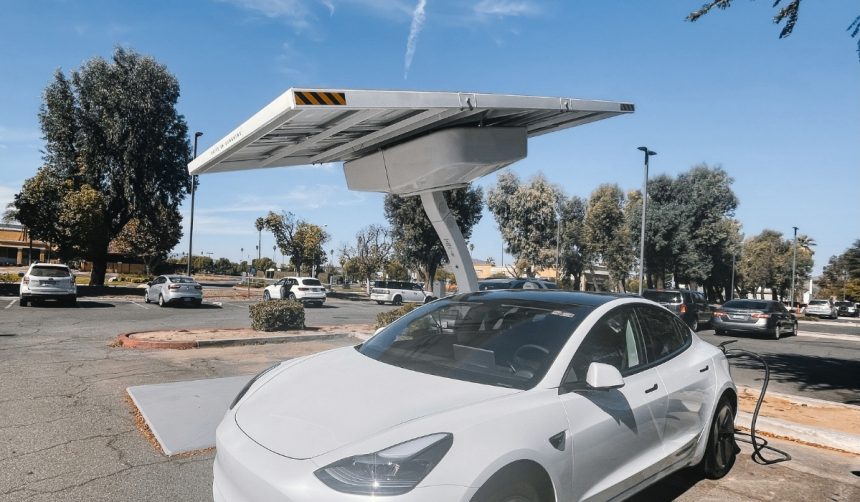For the first time since 2021, The Future Fund has exited its entire position in Tesla, marking a notable shift among institutional investors who have closely followed Tesla’s volatile trajectory. This decision follows ongoing debates about the sustainability of Tesla’s financial performance, particularly around earnings expectations and product innovations. With other electric vehicle manufacturers also encountering uncertainty, such moves signal broader questions about the sector’s direction. Investors watching Tesla’s evolving strategies may find the move by Gary Black’s firm reflective of larger trends impacting the automotive and technology markets.
Earlier assessments of Tesla tended to emphasize its aggressive growth projections and leadership in autonomous driving. Analysts, including those from The Future Fund, previously maintained positions in Tesla while pointing to robust delivery expectations and innovative product pipelines. Shifts in sentiment have become more prominent as market conditions challenge these projections, especially amid recent shortfalls in Tesla’s delivery numbers and a recalibration of the timeline for new products like the Robotaxi. Public discussions have evolved from focusing on Tesla’s expansion to examining its underlying earnings and the feasibility of launching affordable models at scale.
How does valuation affect The Future Fund’s move?
Gary Black explained that a high price-to-earnings ratio played a crucial role in the decision to divest all $TSLA shares, noting that the stock trades at a 2025 P/E multiple of 188—considerably higher than average for the sector. This elevated valuation, combined with declining earnings estimates and lackluster delivery figures, drove the firm to reassess its outlook. Black added that the firm maintains a price target of $310, supported by forecasts of 5.4 million Tesla vehicle deliveries and adjusted earnings per share of $12 by 2030, underscoring concerns about alignment between Tesla’s stock price and its projected fundamentals.
Is skepticism growing around Tesla’s Robotaxi initiative?
Black voiced doubt over the risk/reward balance for Tesla’s Robotaxi efforts, particularly regarding test projects developed in Austin. The project, positioned by many as a potential key driver for future growth, has faced critical scrutiny, even though the platform has yet to launch commercially. Black cited asymmetric downside risk, describing the initiative as less certain compared to expectations widely held by investors.
“We believe the risk/reward associated with the Austin robotaxi test remain asymmetrical to the downside,”
he stated, emphasizing the uncertainty of any short-term value generation from autonomous vehicle services.
What impact might cheaper models have on Tesla’s outlook?
Introduction of a more affordable Tesla, rumored to be a stripped-down version of the Model Y, is viewed with caution by Black and The Future Fund. Despite ongoing speculation that a lower-cost vehicle could expand Tesla’s total addressable market (TAM), Black suggested it may be enabled only by cost reductions rather than by scaling production through an all-new platform. He referenced concerns that merely reducing prices without substantial volume growth could mirror previous cycles where Tesla’s price cuts led to flat volume, putting further pressure on financial estimates for 2025 and beyond.
Analysts are watching closely as Tesla continues to pursue ambitious projects and models while navigating weak delivery data and adjusting earnings benchmarks. The Future Fund’s exit highlights how shifting confidence in product launches, valuation multiples, and the sustainability of Tesla’s current strategies can rapidly influence institutional positions. Investors tracking Tesla’s next moves may weigh these factors carefully, especially in light of recurring volatility in both operational and financial performance. For readers, it’s useful to recognize how sentiment changes among professional investors can signal adjustments in perceived risk and opportunity, especially when product releases or financial ratios diverge from expectations.










